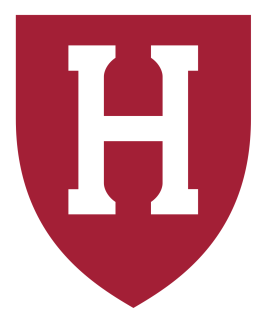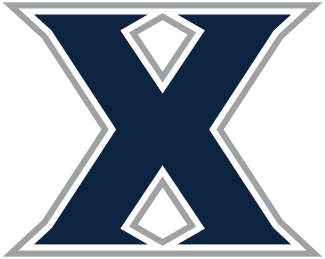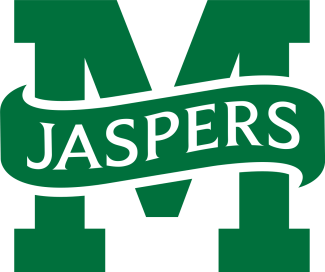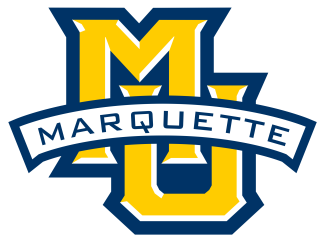DON’T BE SURPRISED IF …
Michigan keeps following its 2023 script
The Wolverines weren’t satisfied last year just by making the NCAA tournament, building on its Big Ten title by slipping past Cornell 15-14 and moving into the quarterfinals.
That Michigan team was a bit more homegrown than this year’s bunch, meaning it made its run without the benefit of postseason experience. This year’s group, which includes program mainstay Michael Boehm and some key transfer additions, is a bit older. And it’s arguably playing even better than it did early last May.
The Wolverines will be tested by a veteran, stingy Denver defense — but Michigan just won the sort of game the Pioneers have a habit of getting themselves into, turning back Johns Hopkins 10-7 in the Big Ten semifinals. Kevin Conry’s bunch can win in different ways, and it has a real chance to do so again in the Mile High City.
YOU’LL HEAR A LOT ABOUT …
Syracuse’s return to the postseason
The Orange are back in the NCAA tournament after a two-year hiatus to begin Gary Gait’s stewardship of the program. Syracuse’s last postseason experience was an 18-8 humiliation against Georgetown that was followed soon thereafter by John Desko’s retirement. It hasn’t played host to a tournament game since 2018. It hasn’t advanced in the postseason since 2017.
And the caravan of Syracuse fans trekking to a final four site, once a staple in the sport? They’ve spent Memorial Day Weekend at home every year since 2013.
Gait’s first team sputtered to a 4-10 mark, and last year’s 8-7 bunch was unquestionably both young and interesting. This spring has already proven to be the next logical step, with the likes of Christian Mulé, Sam English and Jake Stevens augmenting a young offensive core that includes sophomore Joey Spallina, Michael Leo and Finn Thomson.
Boisterousness has never been in short supply from Syracuse fans, and if the Orange have a couple wins in them this month, the whole sport is going to hear about how the longtime power is back.
COMPLETELY RANDOM STAT OF NOTE, PART I
Maryland extended its streak of consecutive NCAA tournaments to 21, third-longest ever behind Johns Hopkins (41 in a row from 1972-2012) and Syracuse (24 consecutive from 1983-2006). However, Yale’s seven-year streak in years when the tournament was played and it fielded a team came to an end.
Georgetown and Virginia now share the second-longest active streak at six tournaments. Princeton, with a run of three consecutive NCAA berths, has the next longest.
COMPLETELY RANDOM STAT OF NOTE, PART II
It isn’t easy for first-year coaches to lead their teams to the NCAA tournament like Denver’s Matt Brown and Lehigh’s Will Scudder did.
In the previous 10 years, only Brad Ross (Bryant 2023), Connor Buczek (Cornell 2022), Craig McDonald (Robert Morris 2022), Mark Miyashita (Canisius 2018), Peter Milliman (Cornell 2018) and Matt Kerwick (Cornell 2014) took teams to the postseason in their first season.
PREDICTIONS
1. More than one road team will win in the first round. Take a look at those teams getting sent to the Nos. 4-7 seeds. Towson has won nine in a row. Michigan just shut down Johns Hopkins and demolished Penn State. Saint Joseph’s is on a 12-game winning streak. And no one in their right mind should want to play Princeton at this point. Toss in Penn State playing a coinflip game at Georgetown, and …
2. Someone will get back to Memorial Day Weekend for the first time since before the pandemic. This is guaranteed to be correct. Denver and Towson last reached the semifinals in 2017. Syracuse hasn’t made it there since 2013. And Michigan’s next trip to the season’s last weekend will be its first. That’s a full quadrant of the bracket, meaning one of them will be making the trip to Philadelphia.
3. Notre Dame will repeat as national champion. No need to complicate things. The Irish have answers everywhere, a championship residue from a year ago and their only stumble came in overtime. Notre Dame isn’t unbeatable, but it hasn’t shown the warts of other teams in the field. Last year, there were three teams a tier above the rest of the field. This year, there’s a clear-cut favorite.
GRADING THE COMMITTEE
A-
Some of the seeding decisions are debatable, which is precisely what the committee did. There are cases for Syracuse over Johns Hopkins, Virginia over Denver and Penn State over Georgetown, but none of those were easy calls.
Perhaps most impressive was the competitive balance spread throughout the bracket. Just a year ago, the NCAA’s mandate to limit air travel as much as possible sent Bryant to sixth-seeded Johns Hopkins rather than fourth-seeded Maryland or fifth-seeded because the 400-mile radius from Smithfield, R.I., extended to Baltimore but not University Park, Pa., or College Park, Md.
Hopkins wound up facing a lower-ranked opponent than its fellow Big Ten teams and drilled the Bulldogs 22-8. Penn State escaped Princeton by a goal, and Maryland wasn’t so fortunate, as it lost to Army.
So those adjustments can have an impact. This year, the only obvious tweak from the outside looking in is Michigan facing fifth-seeded Denver rather than sixth-seeded Virginia, which gets a visit from Saint Joseph’s instead.
It’s clearly influenced a bit by travel, but it isn’t a massive shift, either.
“We were very excited about it,” Colagiovanni said. “We put a lot of time into it. We put a lot of side-by-side teams when you’re looking at all the numbers we could play with, and we were very, very happy with the way it ended up and we’re very happy with the integrity. That was our goal.”
As it should be. Successfully achieving it isn’t always an easy task. And while there are those quibbles on the margins — namely with the choice of the No. 8 seed — there shouldn’t be many complaints about the finished product.



























































